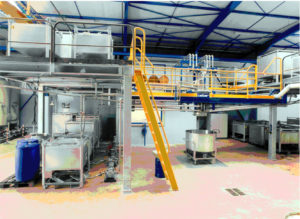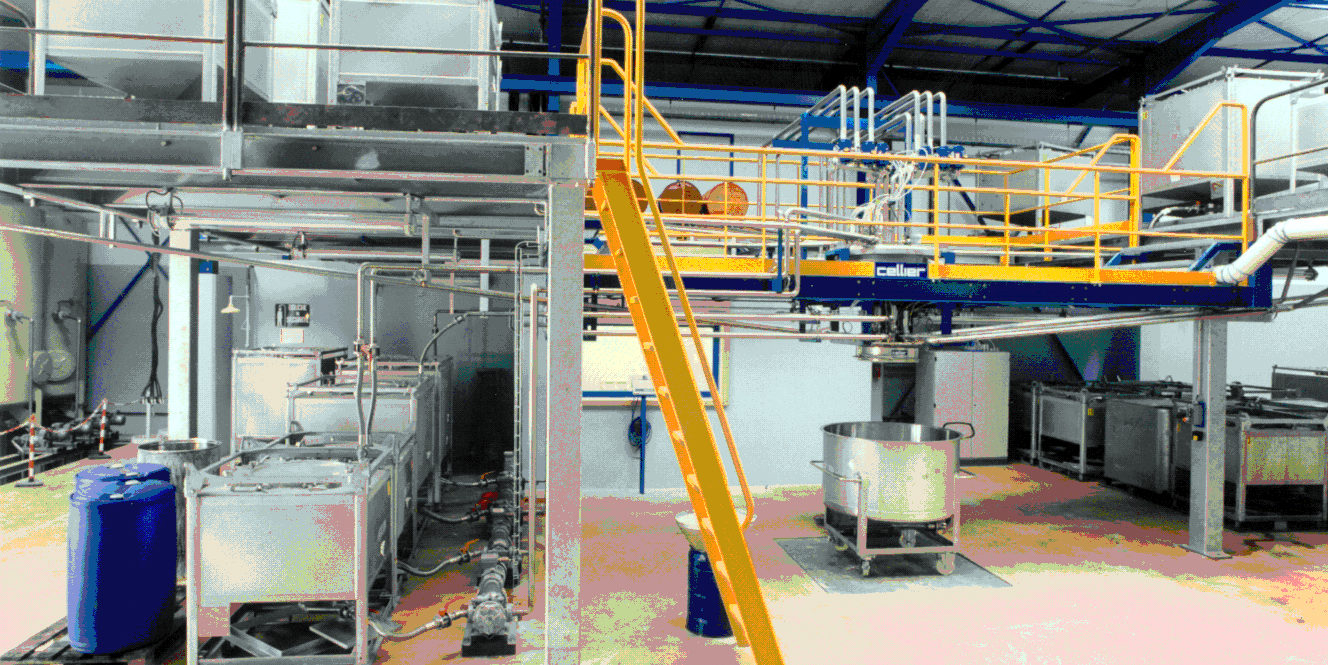
The transformation of plastic films consists to give technical characteristics to the plastic films. For example, to make a polyester film printable or heat sealable, we coat film with a polish. The formulation is a process that creates varnishes which will give the plastic films the properties required according to their applications.
The achievement of the formulation is achieved by the handling of several chemical substances and preparations. In order to reduce the risks to users from the chemicals used, it is important to consider important parameters:
The current legislation
In order to select the products, it is possible to lean on different tools. First, the Reach legislation determines a package of substances prohibited in Europe. It also draws a list of substances ongoing reports which are likely to become prohibited thereafter.
There is a classification of CMR products (carcinogenic, mutagenic and reprotoxic) according to their dangerousness. It is established by ECHA (European Chemical Agency) which classifies them according to their impact in 1A, 1B and 2, 1A being the most harmful and 2 the one on which there are doubts. Although there is little prohibition on the use of products 1A and 1B, the large majority of plastics processors don’t use these products.
Adapt the process to the use conditions of the raw materials
It’s essential to request the SDS (Safety Data Sheets) of the used substances, to check that they aren’t a part of the limitations imposed by Reach or advise against by ECHA or the labor law. This information allows to know the specific conditions of use. For example, some potentially explosive powders require use precautions. Another example, is when the handling of some products requires the use of specific PPE (Personal Protective Equipment).
This information will allow us to take all necessary action for safe handling, and to inform the operators of the obligation to wear PPE (Personal Protection Equipment).
Establish a smooth communication between services
It’s necessary to have a good communication between services. R&D, purchasing, logistics, quality/safety/environment, maintenance and production are stakeholders in the formulation activity. A substance purchased in large quantities may be cheaper, but its storage conditions and handling may not be adapted to the company.
This communication is essential for the good comprehension of all and make it possible to choose and make the best decisions.
Have equipment that meets safety standards
When using organic solvents, the risk of fire or explosion can’t be excluded. To hedge against the electrostatic phenomena which cause those accidents, certain provisions must be strictly respected by the operators and by the process:
- Grouding of fixed and mobile equipment to dissipate static loads
- Blanketing to reduce oxygen present in a tank by a neutral gas which replaces the ambient air. The lack of oxygen removes the oxidant needed for the fire.
- System for detecting gas or vapor concentration with alarm thresholdes when the risk of explosive atmosphere is present.
The 4 steps to be implemented are:
- Beforehand, select the substances authorized or recommended by the competent organizations (Reach and ECHA).
- Adapt the process to their condition of use.
- Establish good communication between the departments for a mutual understanding of security issues.
- Set up the technical measures to ensure the safe use of the different substances: grounding, blanketing and detection
It’s the responsibility of everyone to understand the inherent risk in the handling of certain material. Procedures exist, but it’s their application, and not the standards themselves, that will ensure the safety of operators and users!

